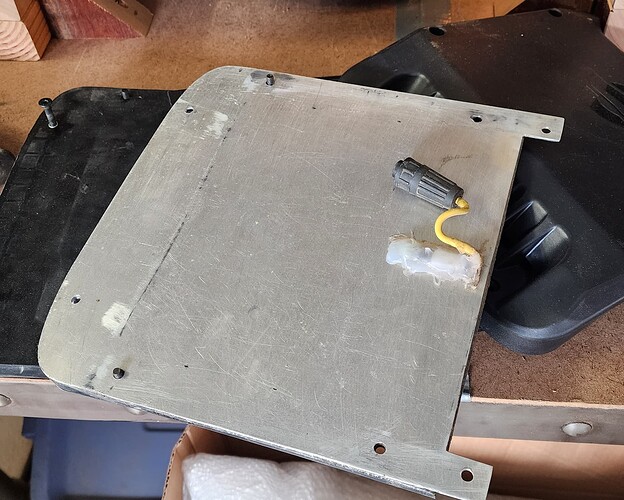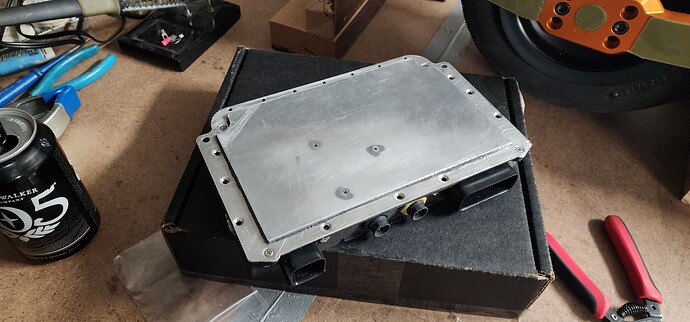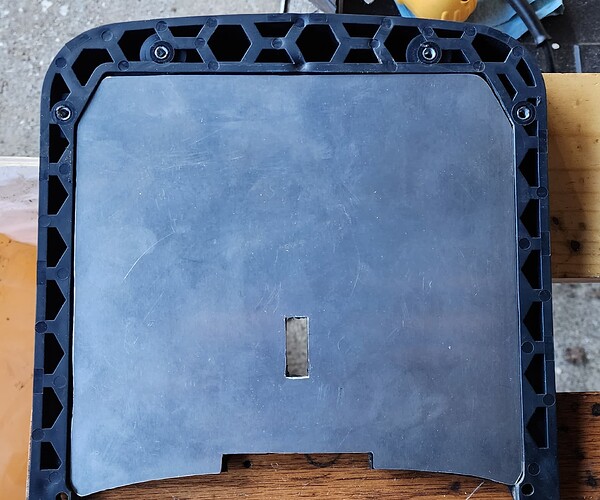The other day @justintmars posted about battery padding foam and it got me thinking. Then I randomly happened to get a chance to ride and talk with @badgerwheel a little about this subject the next day.
So this is something I have thought a good bit about over the years because I have personally watched Dom, Austen and Thor go through a crazy amount of CBXRs since they were released. Austen said he went through 10, I assume Dom more than that and Thor a few less. Seemed like chi had 4 or 5 out on a revolving loop for Dom and Austen all the time. As I watched this occur over time it became apparent to me that impact was the cause of the repetitive failures. The CBXRs were great but could not hold up under the stress and impact from repetitive tall drops and other hard riding.
Meanwhile I was doing the same things and type of riding, but I had been using the same two extended range packs (1 XXR and 1 CBXR) for a couple years with no issue. BMS is another story and I went through a pile of those, mostly from direct siderail impacts.
So for awhile I wondered why I was having such good luck with them and others going hard on trails were having them fail constantly. After some thought I realized what we were doing differently. I always rocked stock wooden footpads, while the other guys were usually on a kush or otherwise pliable footpad.
Thor and I talked about this a bit a year or more ago, and Jeff was able to get him a steel plate to put between the footpad and the top of the battery box. I believe he has not had a pack fail since putting that on his CBXR board. I need to confirm that, but I know it has been about a year since he has had an issue.
To be clear I am not saying pliable concave footpads are the problem here. But they did help understand the underlying issues with trying to cram too much battery in an enclosure, and IMO where we went wrong with aftermarket packs in enclosures not designed for that many cells. I am hopeful we are at a point now where we can build a more thoughtful battery box design, ideally with some coordination between the battery pack and enclosure designs/designers.
So if you look at a standard XR pack and enclosure, there is some foam padding surrounding the pack. This allows for at least a marginal amount of flex in the enclosure lid and bottom without directly impacting the battery pack. Now think about closing up the lid on a CBXR install. There is no padding anywhere and the lid is typically bowed out/upward, with the pack under constant pressure from the bowed lid. Then we throw a couple hundred pounds of human on top of that and go jump off of things.
So think about how we apply pressure to that area when riding, particularly doing big drops. Think about how energy from impact is transferred from the rider’s foot, through a pliable footpad, through the lid of the box and directly into the battery pack itself. This is why solders/cells fail or other issues in the packs happen so frequently for hard riding.
The lid of the stock FM enclosure is only a few mm of aluminum. If you think about it, there is nothing but that aluminum, a little bit of plastic and the battery pack itself supporting your weight in the space between the rails. That whole assembly is flexing between the rails on hard impacts.
So I get we want maximum voltage and torque and space is limited. But with the Chi and JW aftermarket solutions for FM products, there was no regard to impact resistance at all. Just cram the absolute maximum amount of cells without ever thinking about how they are used or the flex phenomenon described above. It resulted in a really unreliable product for hard trail riding.
With where we are now with VESC and aftermarket solutions, I would personally love to see a battery and enclosure designed for a good balance of impact resistance to voltage. I have not personally compared 80v to 84v on a common tune, but in theory I would gladly sacrifice 4V for some thoughtful padding and spacing in the design. Seems like the enclosure would need to be purpose built for a specific battery pack design or vice versa.
I am told the TORqueBOX from Badgerwheel and TOR is designed to comfortably fit an 80V pack without requiring clamps just to get the lid on. The downside is that it requires the custom TORque bumper which provides the required extra space for the cells. This sounds like a step in the right direction and I look forward to hearing how it is working for people.
In addition to some spacing/padding to allow for a marginal amount of flex in the enclosure/lid, I think adding some horizontal strength to the enclosure lid is the way to go. The steel plate Jeff and Thor came up with seems to make a big difference. If weight is a concern, maybe not a full steel plate on top, but strips of steel spanning the rails on the top of the enclosure.
I know this got kinda long, but that’s my two cents. I hope it helps and I hope that we can see some coordination between aftermarket battery pack and enclosure makers in the future. When CBXRs came out it was a game changer, and I am sure 80-84V is as well. But durability is important too.


